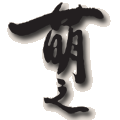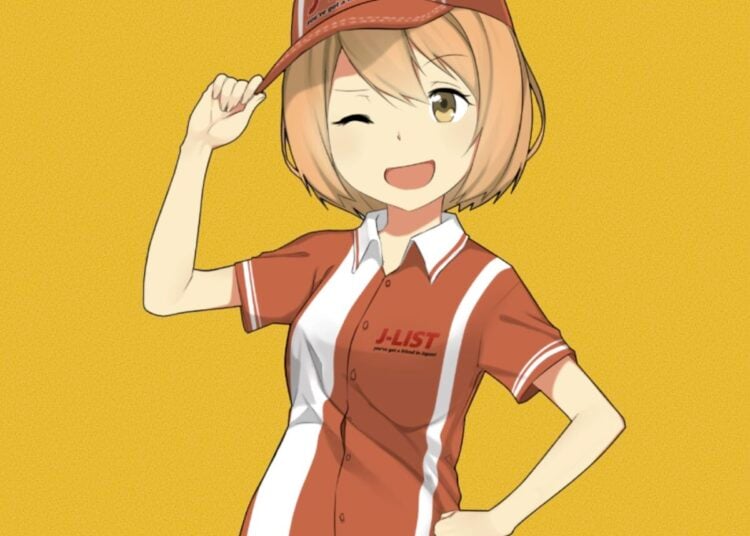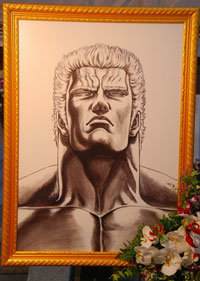The Torino Olympics have been going on for two weeks, and Japanese fans have been eagerly watching all the events as they cheer on their athletes and hope for some strong performances. Sadly, Japan had been having one of the worst outings ever this time, with not a single medal to show for their athletes’ years of preparation and hard work — not a gold, not a silver, not a bronze. All this changed this morning when Shizuka Arakawa slam-dunked her figure skating routine and earned Japan not only its first medal of the Torino Olympics, but its first-ever gold medal in figure skating, too. As is common- place in Japan, she bowed petitely to her fans, showing the famous Japanese modesty that I’ve talked about before — a bit of a change from the emotion and exuberance displayed by most athletes from the U.S. and Europe. In Japanese, athletes get a special suffix on the ends of their names, similar to -san or -sensei, which is -senshu, 選手, meaning player or team member. Good job, Arakawa-senshu!
It’s getting warmer, but winter is still very much with us, making the momohiki (Japanese for long underwear) a requirement for survival for this San Diego boy. One of the problems of winter in Japan is that there is no central heating, and you always heat just the room you’re currently using, usually with an electric kerosene heater that blows hot air, or with a simpler free-standing kerosene heater, which the Japanese call a “stove.” Going from a heated room to one that you haven’t been using brings a huge drop in temperature, and one big problem is trying to sleep in a freezing bedroom if you forget to pre-heat your room. I’ve found the perfect solution to my heating woes, however: an oil-filled radiator-type heater with a 24 hour timer. I can program it to turn on 2 hours before I go to bed, switch off during the night, then come back on again in time to make the room toasty in the morning. It’s a life-saver for me.
When foreigners visit Japan, there are many things that stand out as odd to them. Using coins for the equivalent of $1 and $5 bills, which Americans aren’t used to (although it’s really convenient, trust me). Horizontally oriented stoplights (except in Northern Japan, where heavy snowfall requires that the lights be vertical, to keep the snow from piling up). Stores which let you know they’re about to close by playing Auld Lang Syne through store speakers. Drinks with names like Pocari Sweat and Calpis. High school girls wearing those outrageous bulky “loose socks.” Toilets without seats. It’s all very odd, but then again, that’s the fun of going to another country, seeing what it has to offer and comparing it with things back home.

Perhaps no word describes the heart of otaku culture in Japan better than moé, pronounced moh-EH. Originally meaning a seed budding as it grows into a plant, the term has come to describe the super-stylized “ideal girl” characters with big eyes and pure hearts that you see so much in anime, manga and dating-sim games. So-called moekko characters are loyal, honest, and dedicated, and of course impossibly kawaii (cute). Similar to the word otaku itself, a formal term which means “you” or “your family” but which has come to describe aficionados of just about anything (train otaku, karaoke otaku, there are even Louis Vuitton otaku out there), the term moé can also refer to a “burning passion” for anime-related hobbies. If you love the bikini idol Yuko Ogura, you are Yuko Ogura moé, or if you like girls wearing anime costumes, you are probably cosplay moé. We’ve created a new J-List original T-shirt incorporating the moé kanji, a super way for otaku to show their love of Japan popular culture with pride. And we think it looks great!















